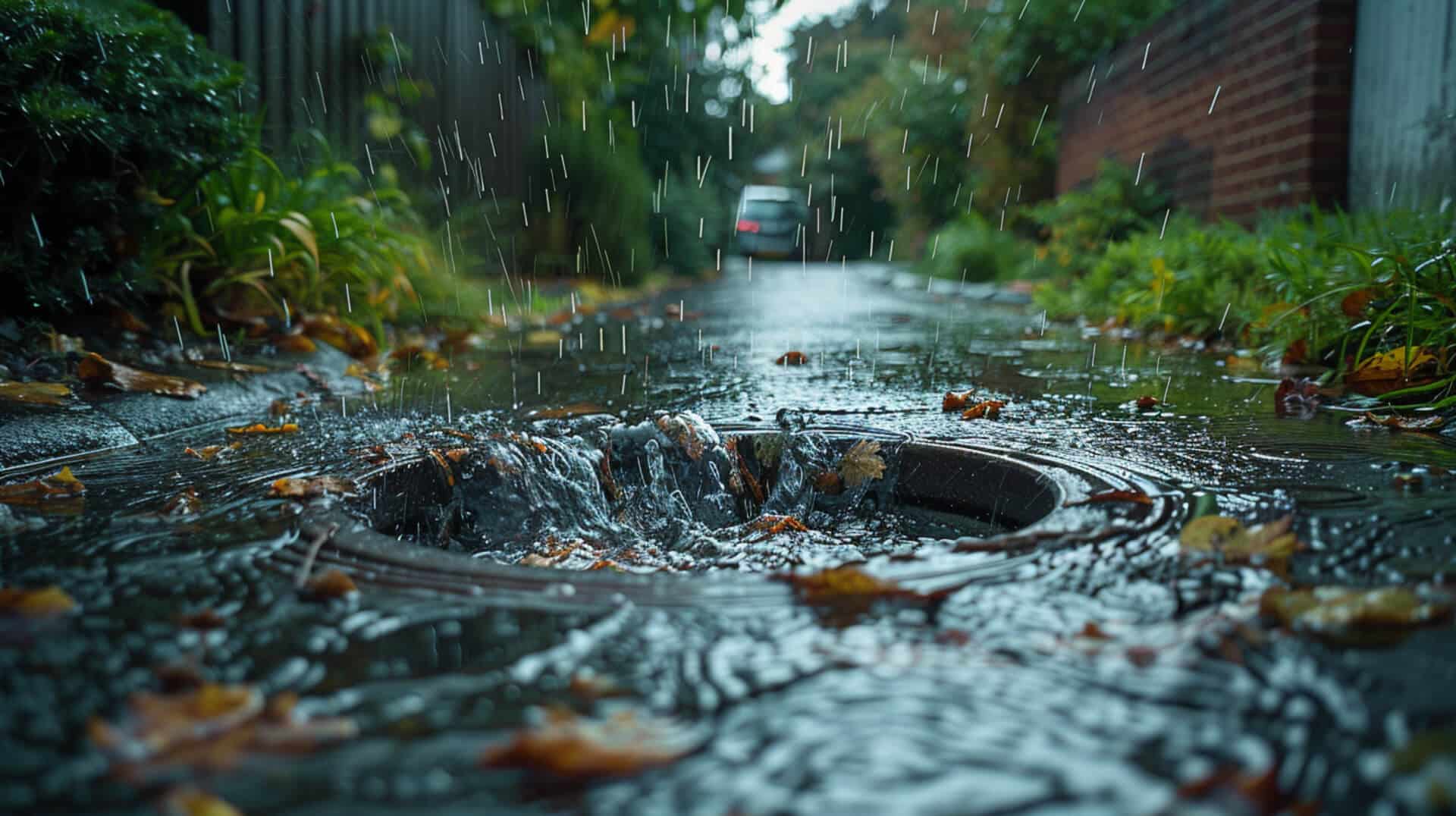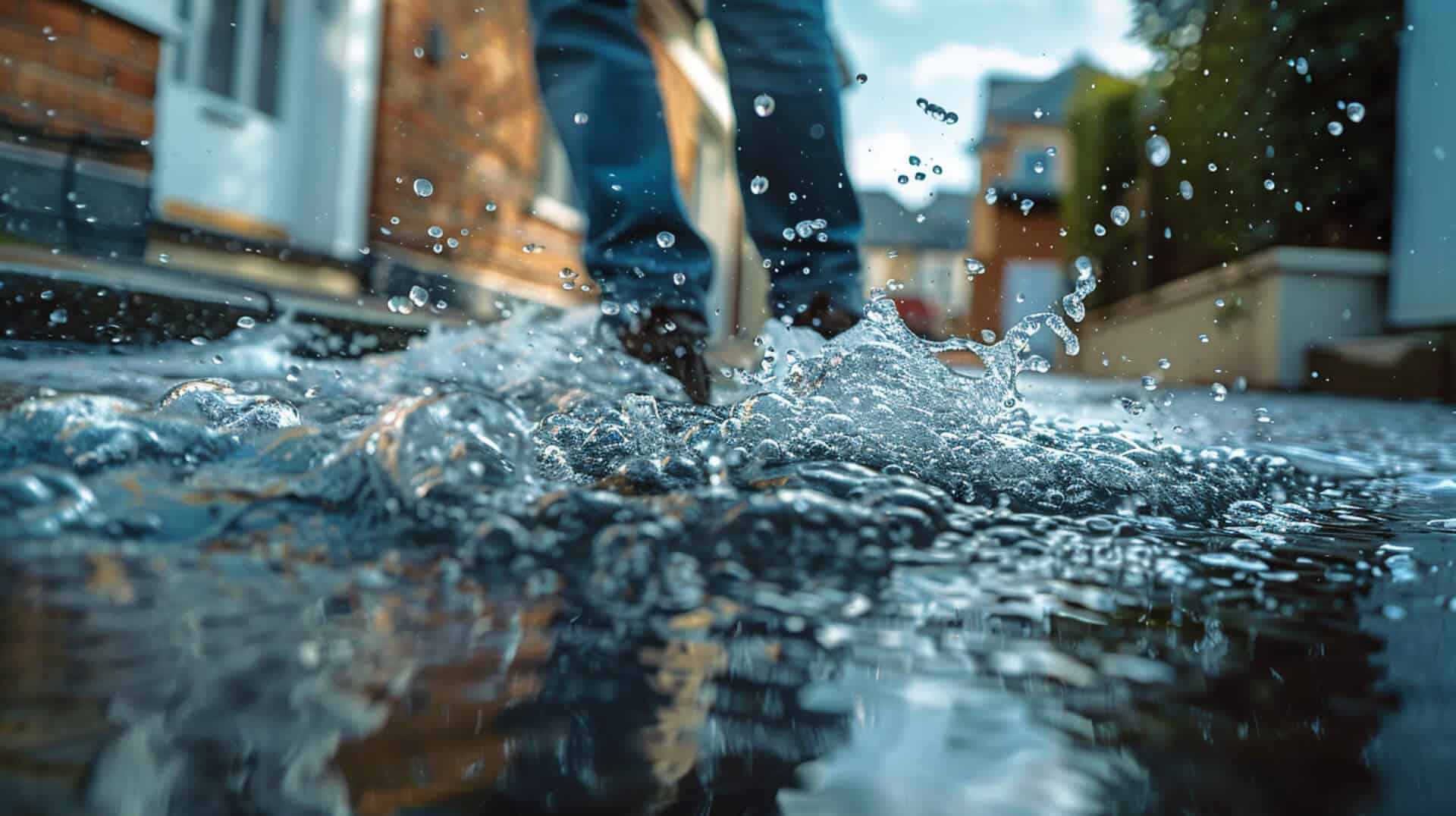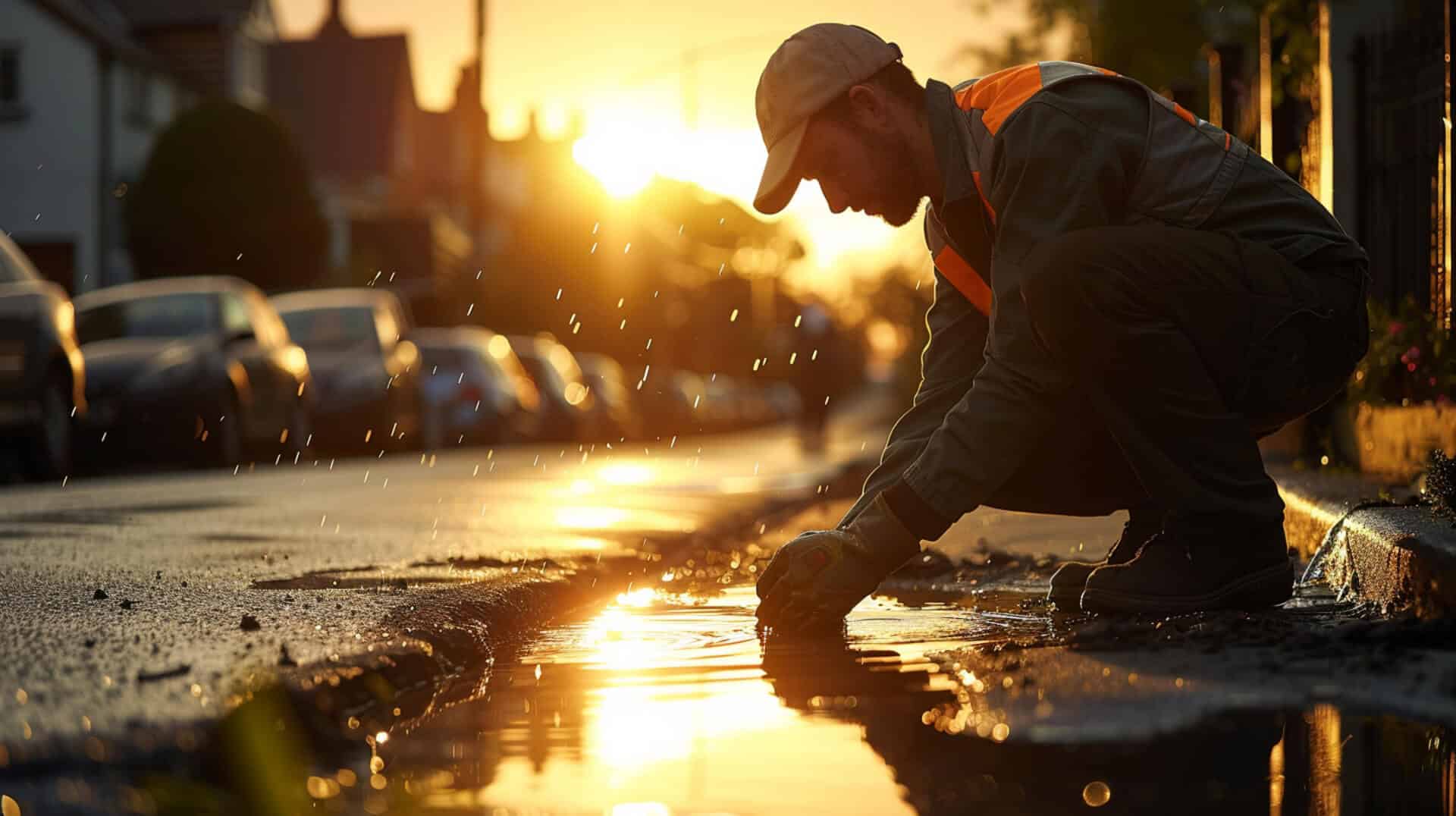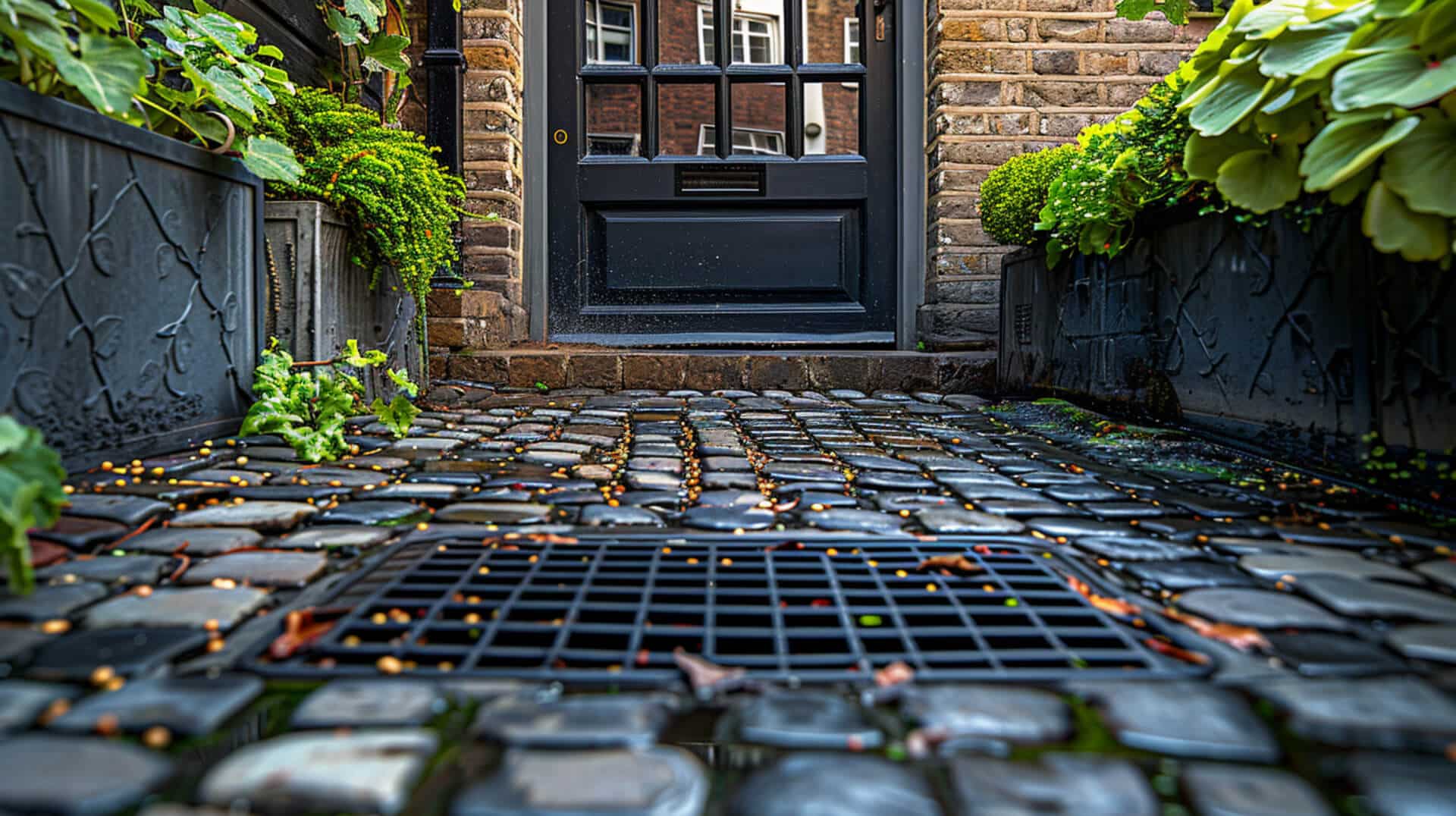 How Often Should Drain Inspections Be Conducted
How Often Should Drain Inspections Be Conducted
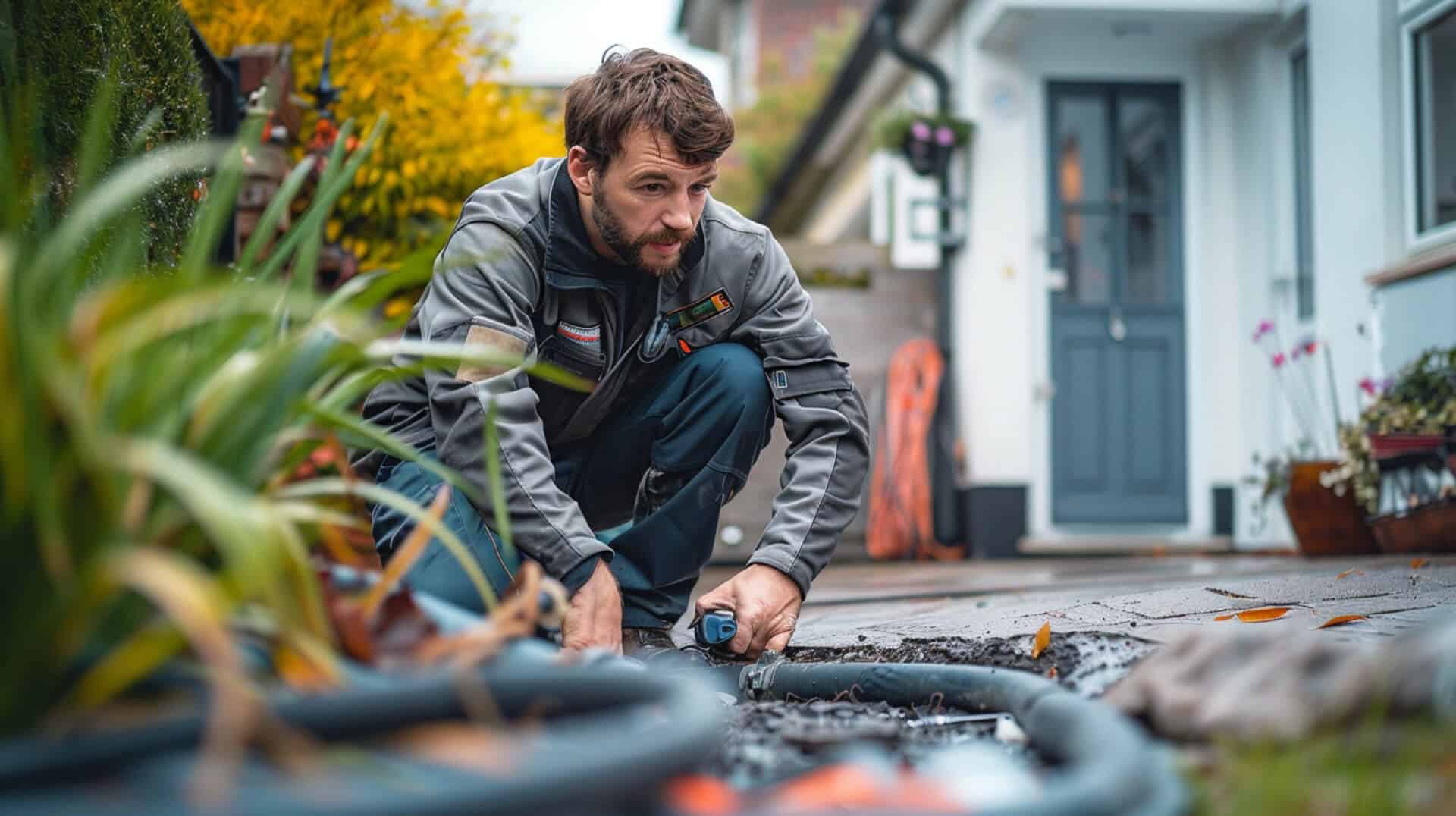
The Imperative of Drain Inspections for Property Upkeep
Regular drain inspections are a critical component of property maintenance. They serve as a preventive measure to ensure the longevity and functionality of a property’s plumbing system. For homeowners, business owners, and property managers, these inspections are not just a matter of routine upkeep but a necessity for safeguarding their investments.
Stakeholders in Drain Maintenance
The responsibility of maintaining a healthy drainage system does not rest solely on property owners. Environmental agencies also play a pivotal role in establishing protocols and standards for drain inspections. These entities work to ensure that the inspections not only serve individual property needs but also adhere to broader environmental protection goals.
Contribution to System Health and Environmental Integrity
Drain inspections contribute significantly to the overall health of a plumbing system by identifying potential issues before they escalate into costly repairs. Moreover, these inspections are integral to protecting waterways and ensuring clean water, aligning with the objectives of environmental agencies and regulations such as the Clean Water Act.
By understanding the importance of regular drain inspections, you can take proactive steps to maintain your property’s plumbing system, comply with legal standards, and contribute to environmental stewardship.
Understanding the Frequency of Drain Inspections
Determining Factors for Residential Properties
For residential properties, the frequency of drain inspections is generally recommended on an annual basis. This schedule is designed to ensure the longevity and functionality of the home’s plumbing system. Regular inspections can identify potential issues early, preventing costly repairs and maintaining the system’s efficiency.
Impact of Usage on Commercial and Industrial Properties
Commercial and industrial properties may require more frequent drain inspections due to higher usage volumes and the potential for more significant debris accumulation. Establishments such as restaurants or manufacturing plants, where drains are subjected to greater strain, should consider semi-annual or quarterly inspections to mitigate risks and maintain operations.
Role of Environmental Factors
Environmental factors play a pivotal role in determining the need for more frequent drain inspections. Properties located in areas prone to extreme weather conditions, such as heavy rainfall or flooding, may experience increased stress on drainage systems, necessitating closer monitoring and more regular inspections.
Legal and Compliance Influences
Compliance with legal standards, such as the Clean Water Act and local EPA regulations, is essential. Adherence to these regulations often dictates the frequency of inspections, with permits and plans like NPDES, SWPPP, and SPCC guiding the maintenance schedules. Property owners must stay informed of these requirements to ensure compliance and avoid potential penalties.
Legal and Compliance Requirements for Drain Inspections
Adherence to the Clean Water Act
The Clean Water Act (CWA) establishes the legal framework for regulating discharges of pollutants into the waters of the United States and regulating quality standards for surface waters. Under the CWA, property owners are required to ensure that their drainage systems do not contribute to pollution, which makes regular drain inspections a critical component of compliance.
Importance of NPDES Permits
The National Pollutant Discharge Elimination System (NPDES) permit programme addresses water pollution by regulating point sources that discharge pollutants into waters of the United States. Property owners may need an NPDES permit if their discharges go directly to surface waters. Regular inspections help in maintaining compliance with the terms of these permits.
SWPPP and SPCC Plans
The Stormwater Pollution Prevention Plan (SWPPP) and Spill Prevention, Control, and Countermeasure (SPCC) plan are essential for properties that handle large volumes of hazardous materials or are at risk of contributing to water pollution. These plans often require regular drain inspections to prevent contamination of waterways.
Local Ordinances Impacting Inspection Schedules
Local ordinances can also dictate the frequency and protocols for drain inspections. Property owners should be aware of any municipal requirements that may impose more stringent inspection schedules or specific maintenance practices to ensure local compliance.
The Benefits of Regular Drain Inspections
Regular drain inspections are a critical component of property maintenance, offering numerous benefits that extend beyond the immediate condition of the plumbing system. By understanding these advantages, property owners can make informed decisions about their maintenance schedules.
Optimising System Functionality
Regular inspections help maintain the optimal performance of drainage systems. By identifying and addressing minor issues before they escalate, the functionality of the system is preserved, ensuring efficient water flow and reducing the likelihood of backups and overflows.
Cost Savings Through Early Problem Detection
The early detection of potential problems during routine inspections can lead to significant cost savings. Addressing issues when they are small prevents the need for more extensive and expensive repairs in the future. This proactive approach is often more economical than reactive emergency services.
Importance of Risk Awareness in Property Management
Being aware of the risks associated with drainage system failures is crucial for effective property management. Regular inspections provide insights into the system’s condition, allowing property owners to mitigate risks and make informed decisions about necessary maintenance and repairs.
Contribution to Environmental Protection
Drain inspections play a vital role in protecting the environment. By ensuring that drainage systems are free from blockages and leaks, inspections help prevent the contamination of local waterways and groundwater, contributing to the overall health of the ecosystem.
Technologies and Methods in Drain Inspection
Modern Technologies for Efficient Inspections
In the realm of drain maintenance, a variety of technologies are employed to ensure thorough and efficient inspections. These technologies serve to identify issues without the need for invasive procedures, thereby preserving the integrity of the plumbing systems.
The Role of CCTV in Non-Invasive Inspections
Closed-circuit television (CCTV) technology is a cornerstone in modern drain inspections. It allows professionals to visually inspect the interior of drain pipes and identify blockages, damage, and wear without excavation or property disruption. This method is particularly beneficial for routine inspections and early problem detection.
Importance of Sonar Tracing and Hydrostatic Testing
Sonar tracing is utilised to map the layout of underground drainage systems, which is essential for properties with complex or inaccessible pipe networks. Hydrostatic testing, on the other hand, involves filling a section of pipe with water to test for leaks under pressure. Both methods are critical for a comprehensive assessment of a system’s condition.
High-Pressure Jetting for Drain Maintenance
High-pressure jetting plays a pivotal role in both the inspection and maintenance of drainage systems. By using high-velocity water streams, it effectively removes blockages and build-up within the pipes. This method not only aids in the inspection process but also serves as a preventive measure to maintain clear and functional drainage.
The Role of Professional Services in Drain Inspections
When considering the health of your property’s drainage system, engaging professional inspection services offers several advantages. These experts utilise a range of non-invasive methods to assess and maintain the integrity of your drains efficiently and cost-effectively.
Efficiency Through Non-Invasive Techniques
Professional services employ advanced technologies such as CCTV cameras and sonar equipment to conduct thorough inspections without the need for disruptive excavation. This approach not only saves time but also minimises the impact on your property, allowing for a swift return to normal operations.
Cost-Effectiveness of Professional Inspections
By identifying issues early and accurately, professional inspectors can help you avoid the higher costs associated with emergency repairs. Their expertise in the field ensures that inspections are comprehensive, reducing the likelihood of unforeseen problems that could incur additional expenses.
Ensuring Compliance with Regulations
Companies like Mantank and New Pig are well-versed in the latest environmental regulations and compliance standards. They ensure that your drainage system adheres to the requirements of the Clean Water Act, EPA regulations, and local ordinances, thereby safeguarding you from potential legal and financial penalties.
By choosing professional drain inspection services, you ensure that your property’s drainage system is evaluated with precision, care, and compliance, ultimately protecting your investment and the environment.
Common Issues Detected During Drain Inspections
Regular drain inspections are a key preventive measure to ensure the longevity and proper functioning of your property’s plumbing system. During these inspections, professionals commonly encounter several issues that, if not addressed promptly, can lead to more significant problems.
Typical Problems Uncovered
The most frequent issues discovered during drain inspections include blockages caused by the accumulation of grease, non-biodegradable wipes, and intrusive tree roots. Clogs and obstructions can lead to reduced water flow and backups. Inspections also reveal pipe damage and corrosion, which can compromise the structural integrity of the drainage system.
Preventing Blockages and Clogs
Regular maintenance is your first line of defence against blockages and clogs. By scheduling annual inspections for residential properties and more frequent evaluations for commercial or industrial sites, you can prevent the buildup that leads to these common issues.
Addressing Pipe Damage Early
Early detection of pipe damage and corrosion is crucial. Inspections can identify areas of concern before they deteriorate further, allowing for timely repairs that maintain system integrity and prevent costly damage.
Proactive Measures for Drain Health
To avoid common drainage issues, it is advisable to be cautious about what goes down the drains and to educate all users of the property on proper waste disposal practices. Additionally, incorporating regular professional inspections into your property management routine can help identify and mitigate potential problems before they escalate.
Environmental Considerations in Drain Inspections
Protecting Waterways Through Diligent Inspections
Drain inspections play a significant role in safeguarding waterways from pollution. By detecting and addressing leaks or blockages, these inspections prevent contaminants from entering local rivers, lakes, and streams. This proactive approach is essential for the conservation of aquatic ecosystems and the protection of public health.
Adherence to EPA Regulations
Compliance with Environmental Protection Agency (EPA) regulations is not only a legal obligation but also a commitment to environmental stewardship. Regular drain inspections ensure that your property’s drainage system aligns with national standards designed to minimise environmental impact, particularly in the management of wastewater.
Impact of Sewage Leaks on the Environment
Sewage leaks pose a serious threat to the environment, contributing to water pollution and harming wildlife. Drain inspections can identify potential leaks early, allowing for immediate remediation to mitigate environmental damage and protect biodiversity.
Climate Change and Drain Inspection Practices
As climate change leads to more frequent and severe weather events, the strain on drainage systems increases. This shift necessitates a more rigorous inspection schedule to ensure systems can handle the changing environmental conditions and prevent the exacerbation of climate-related impacts.
Maintenance and Preventive Measures for Drainage Systems
The Significance of Regular Maintenance
Regular maintenance is essential for the longevity of plumbing systems. It involves routine checks and cleaning to ensure that drains remain clear of obstructions and operate efficiently. Preventive inspections are a key aspect of this maintenance, helping to identify potential issues before they escalate into costly repairs.
Best Practices to Avoid Harmful Disposals
To maintain the health of your drainage system, it is crucial to be mindful of what is disposed of down the drains. Property owners should avoid flushing materials that can cause blockages, such as:
- Non-biodegradable wipes
- Cooking grease and oils
- Large food particles
- Other foreign objects
Educational Practices in Waste Management
Educating residents and employees about proper waste disposal can significantly reduce the risk of drain blockages. This includes:
- Posting signage about what can and cannot be disposed of in toilets and sinks
- Providing training sessions on waste management
- Distributing informational materials on the impact of improper disposal
Contribution of Inspections to Wastewater Management
Preventive drain inspections contribute to effective wastewater management by ensuring that sewage systems are free from disruptions. This not only prevents overflows and backups but also protects the environment from potential contamination. Regular inspections are an investment in the property’s infrastructure and the well-being of the community.
Identifying the Need for Immediate Drain Inspection
Recognising Early Signs of Drainage Issues
Property owners should be vigilant for early indicators of drainage system problems. Signs that warrant an immediate inspection include:
- Unusual noises from the pipes, such as gurgling or bubbling sounds
- Water pooling around floor drains or the foundation of the building
- Foul odours emanating from drains, which could signify a blockage or break in the sewer line
Responding to Odours and Slow Drainage
Odours and slow drainage are often the first noticeable symptoms of a compromised drainage system. These should not be ignored, as they can indicate a developing issue that may quickly escalate into a more serious problem. If you notice these signs, scheduling a professional inspection promptly can help diagnose the cause and prevent further damage.
Taking Action Against Structural Damage
Visible structural damage, such as cracks in the foundation or walls, can be a sign of severe drainage problems. Such damage may result from water infiltration due to compromised pipes. When structural damage is observed, it is crucial to arrange for an immediate inspection to assess the extent of the issue and to plan necessary repairs.
By being attentive to these signs and acting swiftly, property owners can maintain the integrity of their drainage systems and prevent the escalation of minor issues into major, costly repairs.
Innovations and Global Practices in Drain Inspection
Embracing Smart Technologies
The future of drain inspections is being shaped by the integration of smart technologies. These advancements include the use of sensors and robotics that provide real-time data and high-resolution imaging, enabling a more detailed analysis of the drainage system’s condition. Such technologies facilitate quicker diagnostics and more precise interventions.
Importance of Biodegradable Cleaning Agents
In line with environmental stewardship, the industry is shifting towards the use of biodegradable cleaning agents. These substances are designed to minimise the ecological footprint of drain maintenance, ensuring that the cleaning process does not contribute to pollution or harm local ecosystems.
Learning from International Maintenance Standards
Observing global practices in sewer system maintenance offers valuable insights into effective drain management strategies. Countries with advanced wastewater treatment protocols often employ rigorous inspection schedules, innovative technologies, and strict compliance measures, setting benchmarks for others to follow.
By adopting these innovative approaches and learning from international best practices, property owners can enhance the efficiency and sustainability of their drain inspection and maintenance procedures.
Emphasising the Value of Proactive Drain Inspections
Ensuring Compliance and System Health
Property owners, business owners, and facility managers are tasked with the responsibility of maintaining the health of their drainage systems. Regular inspections are a key component of this, helping to ensure compliance with environmental regulations and the functionality of the plumbing infrastructure. By adhering to recommended inspection frequencies, you can avoid potential legal issues and ensure that your property remains safe and operational.
Long-Term Benefits of Regular Inspections
A proactive approach to drain inspections offers long-term benefits. It extends the lifespan of your drainage system, reduces the likelihood of emergency repairs, and can lead to cost savings over time. Regular maintenance helps to identify issues before they become severe, allowing for more manageable and less expensive interventions.
Contribution to Environmental Sustainability
Regular drain inspections contribute to a sustainable and healthy environment by preventing pollutants from entering waterways. This practice aligns with global efforts to protect natural resources and supports the broader goal of environmental stewardship. By maintaining a regular inspection schedule, you play a part in preserving the ecosystem for future generations.



